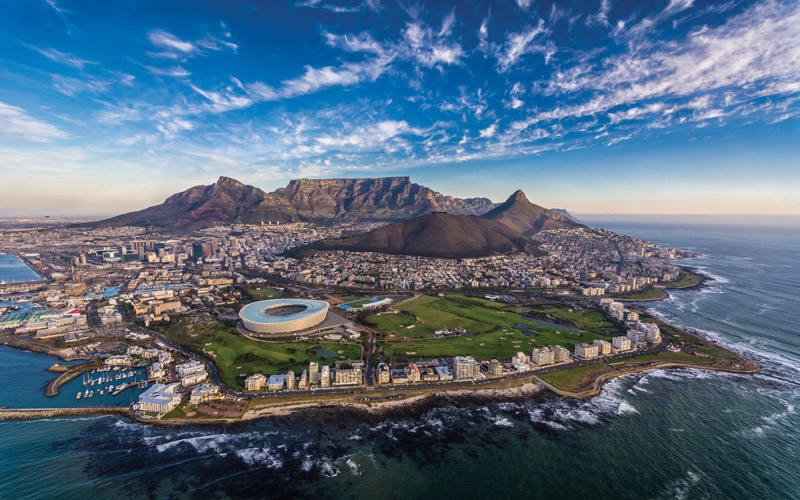The diamond showroom where you can polish your own stone
Preliminary World Design Capital Plans Revealed
WDC 2014 events programme still vague as crunch time approaches
Cape Town’s long reign as World Design Capital 2014 officially begins in just a few months, but there is still frighteningly little on the calendar that’s set in stone.
At a briefing held on Friday, 13 September 2013, Tourism, Events and Marketing Mayoral Committee Councillor Grant Pascoe and Richard Perez, programme director of World Design Capital 2014, outlined the events that the International Council of Societies of Industrial Design (ICSID) requires be present in the year’s schedule, including a New Year’s Eve of Design grand parade to formally launch the programme, a Design Gala in February, a Design Policy Conference and a Design House Exhibition. What they couldn’t do, though, was elaborate on surrounding details, like dates, or explain how the average citizen can expect to get involved.
Similarly, the specifics of the city’s smaller scale initiatives remain hazy.
Each of Cape Town’s 111 wards is expected to have a WDC project, which is supposed to be identified and workshopped by members of each community together with government representatives, academics and local design leaders. The aim of these ventures is to use the design process to reconstruct the city as a socially and economically unified entity free of the divides of the past and with a sustainable future. Examples of these initiatives, which were discussed at pilot workshops, include plans to make over a piece of Hanover Park land deemed unsafe into a community recreational area and to implement Reclaim Camissa’s idea to utilise the thousands of litres of water going to waste in underground tunnels that run from the mountain to the sea. At this point though, it is still unclear how and which of the ideas will be implemented over the course of 2014.
What’s more, though the ICSID owns WDC, the funding for these projects is to come from Cape Town’s already existing ward allocations; it is entirely up to the City to sponsor the three-year long effort and to manage set-up, run the 2014 programme and wind it down. In response, the Mother City has established a non-profit independent implementing agency called Cape Town Design NPC (CTD) to oversee the entire event and ensure that all WDC requirements are met. But, based on the experience of previous host cities, it’s still inconclusive whether fulfilling these obligations is even beneficial, both economically and socially speaking, and whether doing so validates expenditure.
Of the three previous World Design Capital title holders, only one, Torino, Italy, which had its time in the spotlight in 2008, has been subject to a post-WDC evaluation. This assessment mentions general accolades, like the city being recognized as a noteworthy centre for design and relationships between national and international design institutes being enhanced, but otherwise, there is nothing tangible or concrete that measures how the appointment had a positive impact. Similarly, in Helsinki and Seoul, where, like Cape Town, there was an aspiration to make design accessible for the general public, there is little evidence to show how this ideal was practically applied.
The official programme is supposed to be released in November, and it remains to be seen whether a more solid picture of Cape Town World Design Capital 2014 will emerge.
What Do You Think?
What have you heard about World Design Capital?
What do you expect to happen during the year?
Send any questions, comments or concerns that you may have to our Facebook or Twitter pages.
By Tshego Letsoalo
Friday, 4 October 2013
---
Use our events section for an up-to-date overview of happenings in Cape Town. Also don’t forget to subscribe to our newsletter, follow us on Twitter, like us on Facebook, join our Google+ circle, connect with us on LinkedIn and check out our Pinterest boards for updates.








